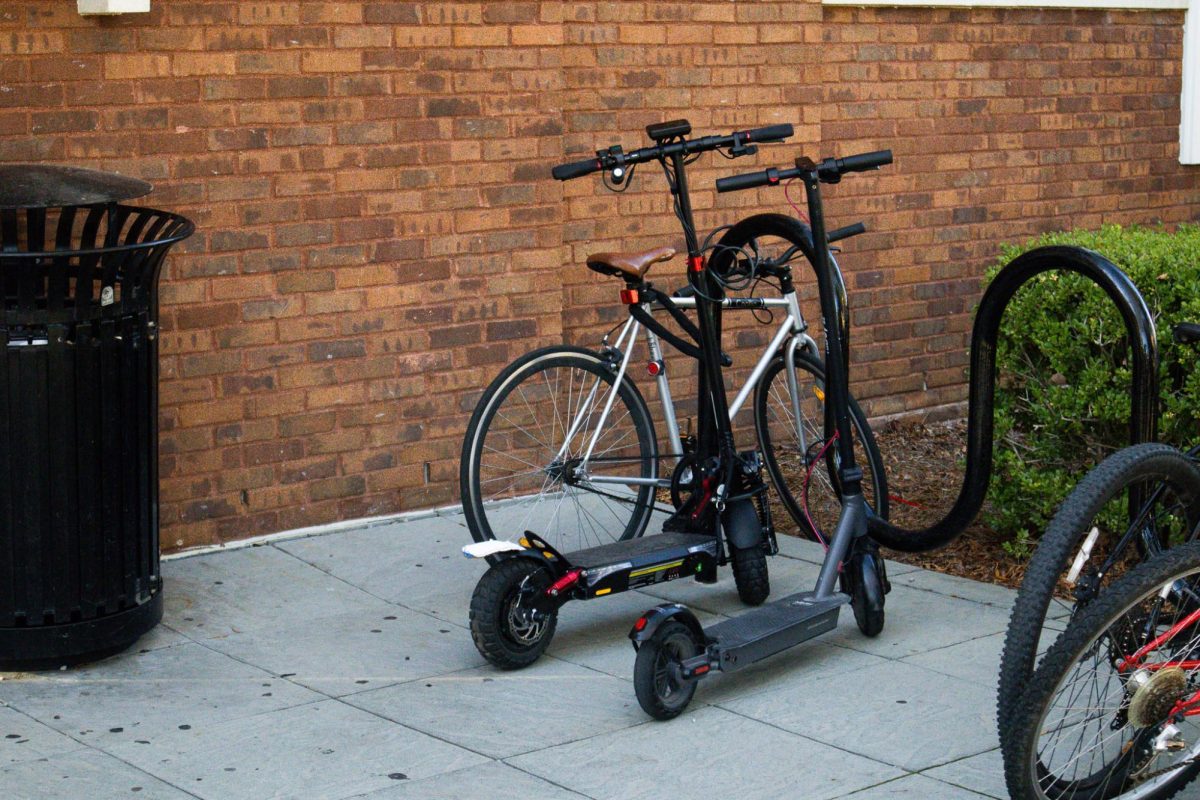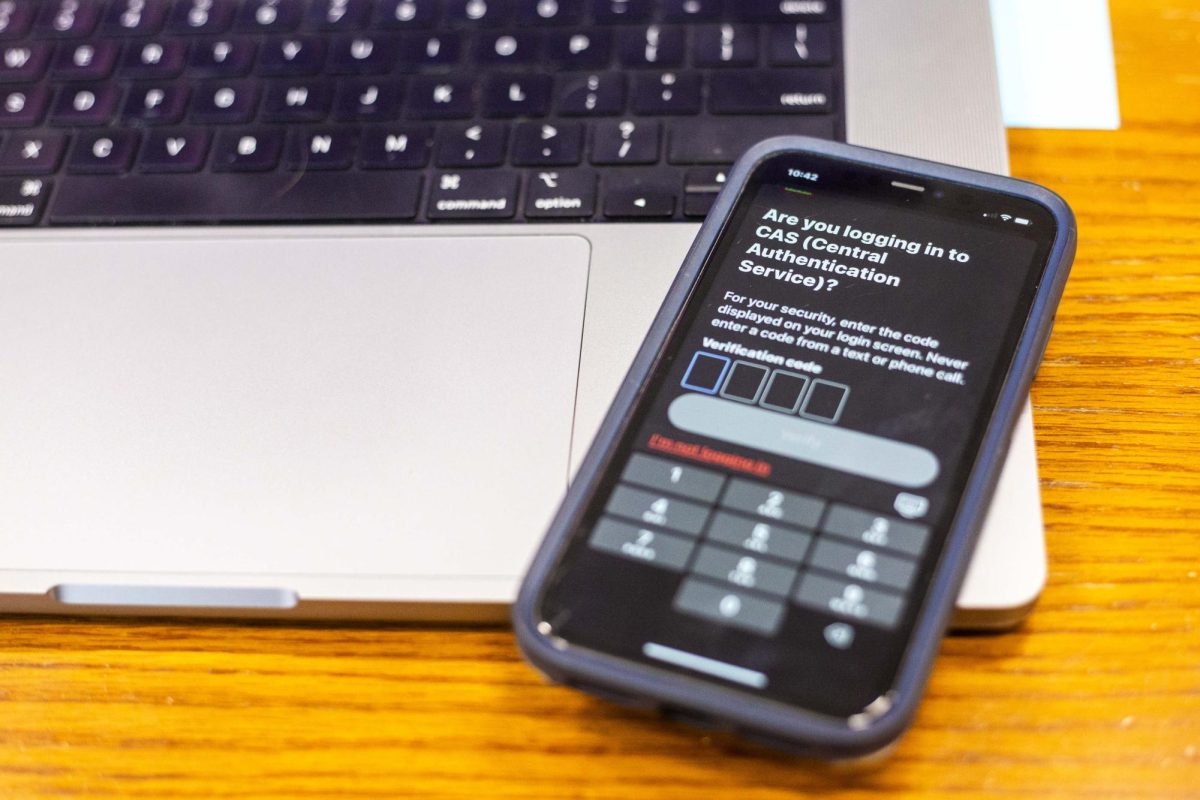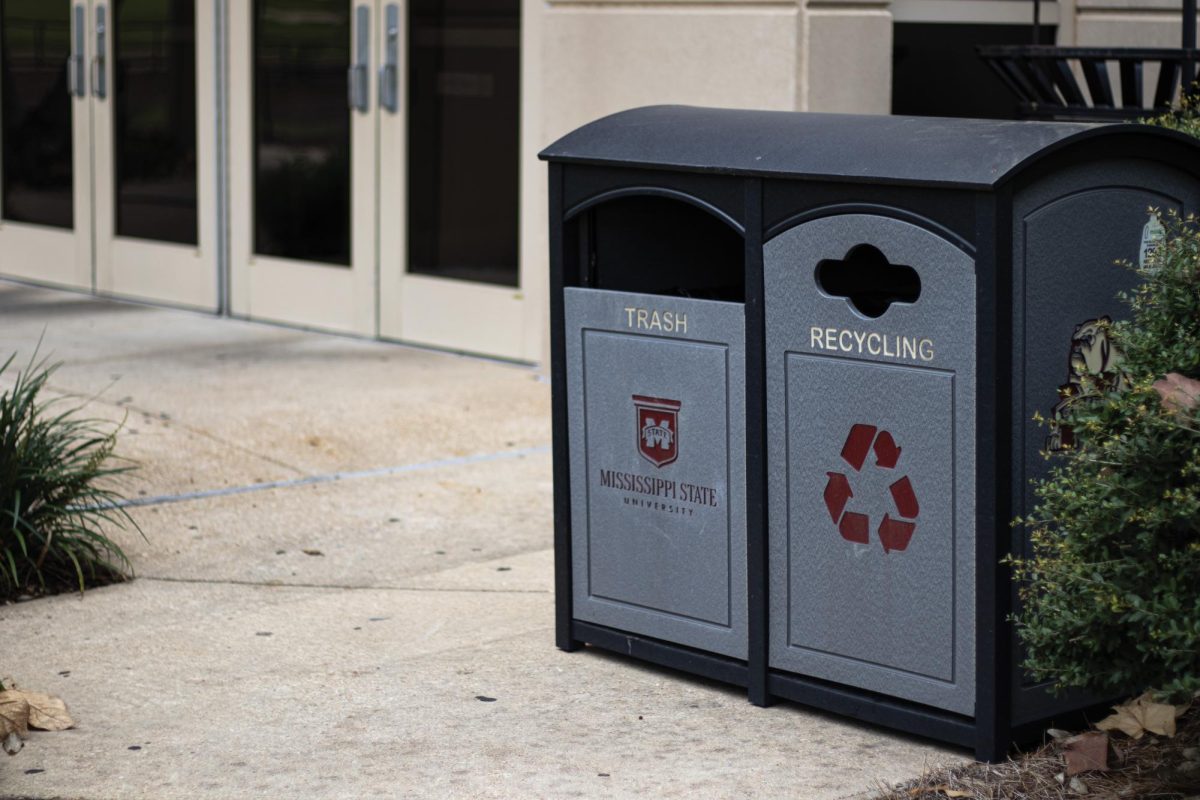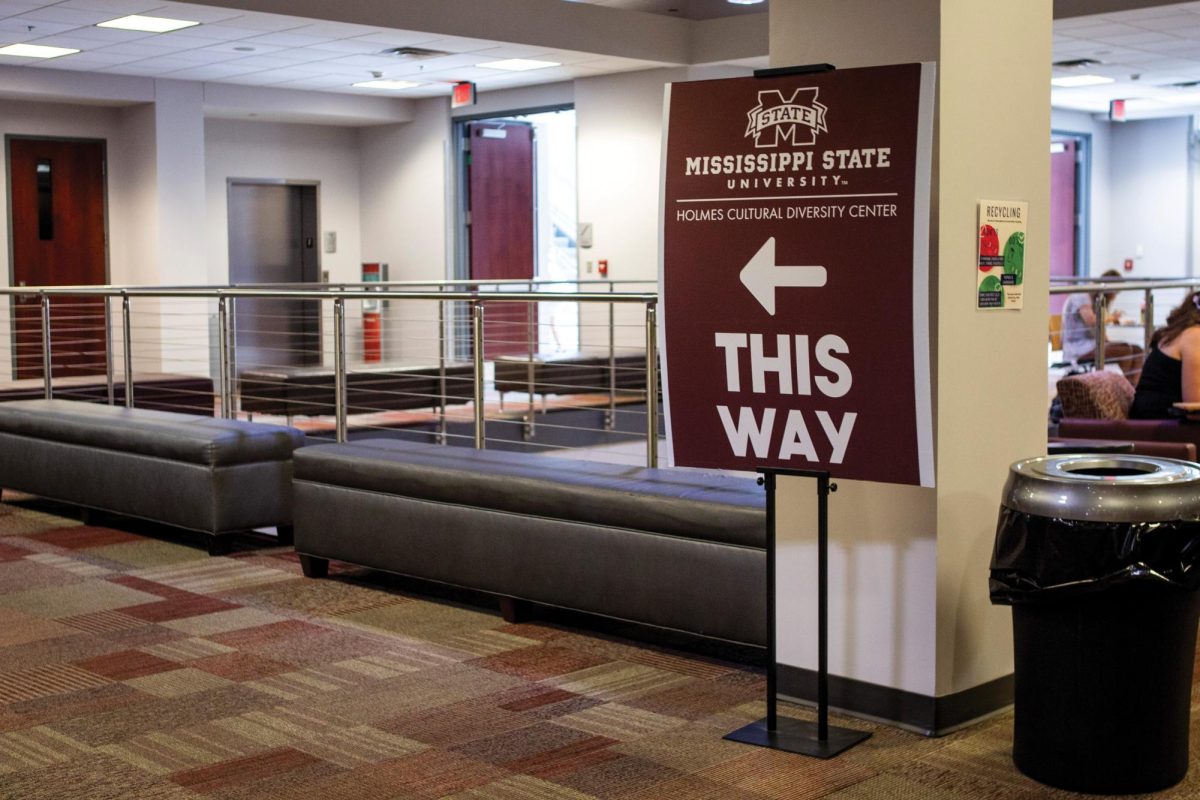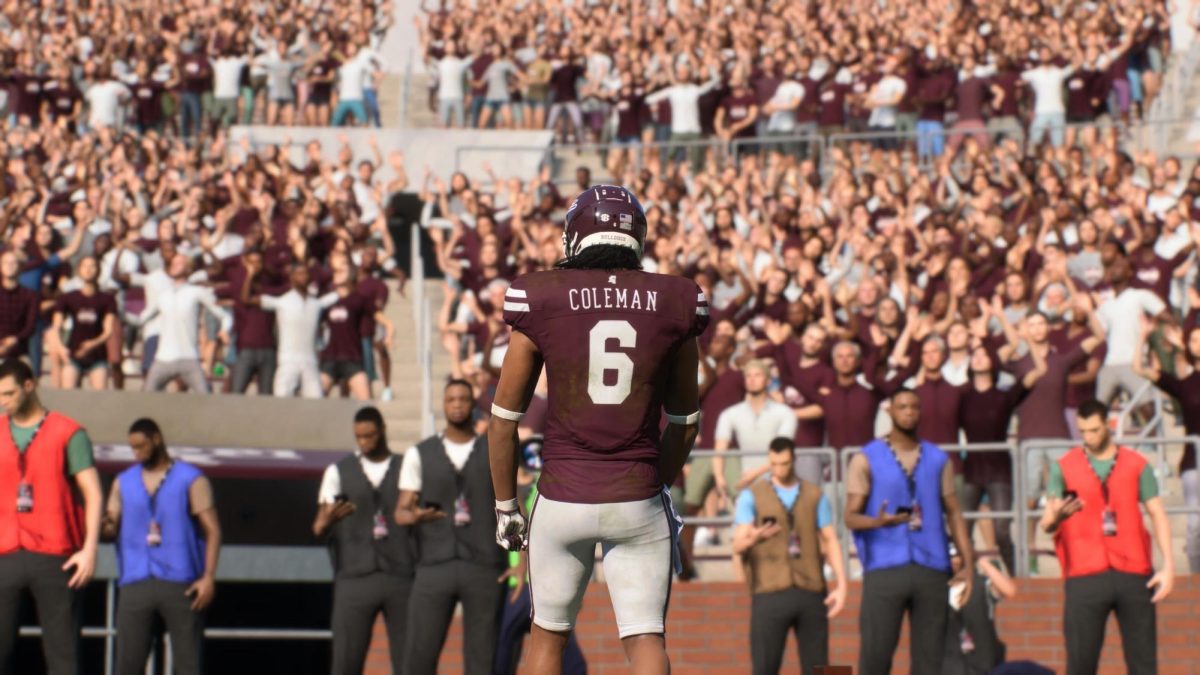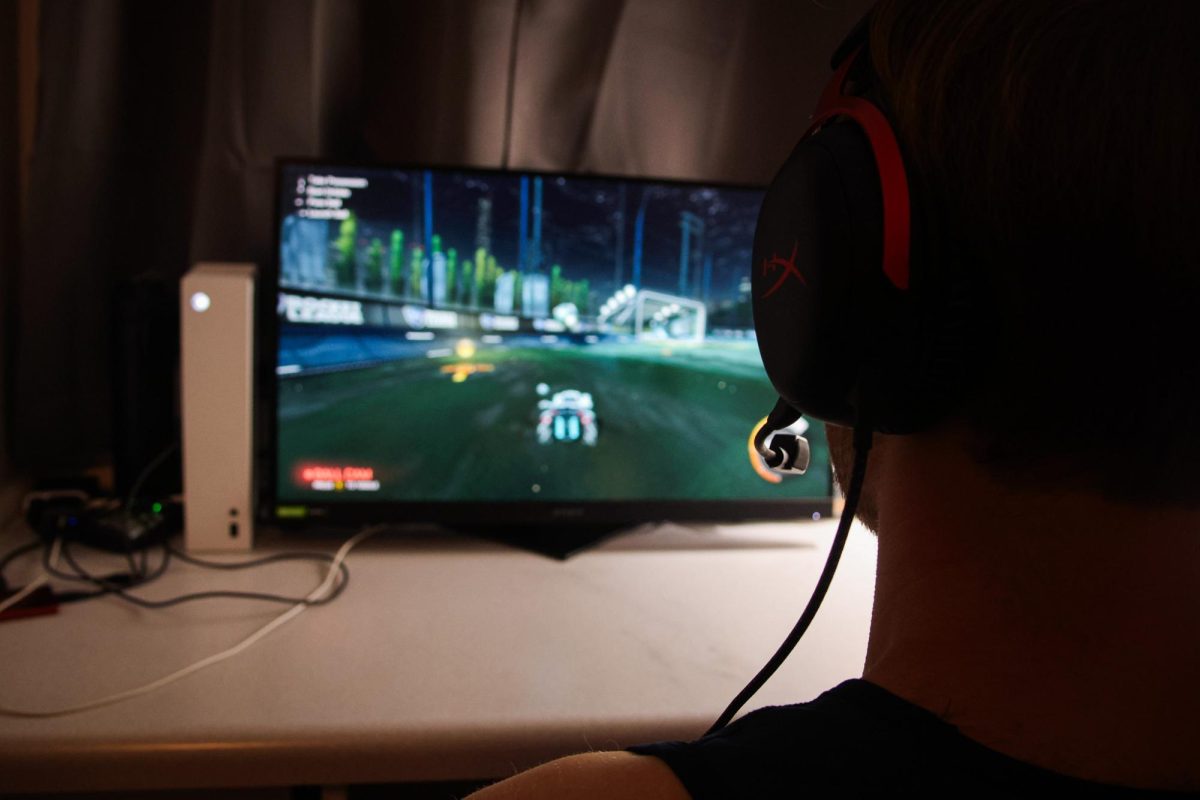After the Blackberry and Motorola flip-phone craze, the Apple industry appeared on the mobile radar in the year of 2007 with the release of the first iPhone. With the release of this technologically diverse device came a storm of notoriety for the brand, especially in America.
While the iPhone may have caught the attention of the public eye, it soon gained an opponent whose amenities challenged Apple’s. The war between the iPhone and its threatening competitor, Android, soon became a conversation topic as the two brands consistently spent the following years attempting to advance one another. As the two companies continue to surpass one another, it raises a question: iPhone or Android?
Androids rose to the surface of local society with the emergence of the T-Mobile G1. Android introduced qualities into the market which the iPhone tended to neglect and increased each product based on the lack of function on the iPhone. According to Jessica Dolcourt and Kent German from CNET, 85% of the world’s population uses Android devices today. Such a high percentage would assure many that Android should be awarded the superior title. The percentage given, however, does not reflect the victor in this debate. After all, if 85% of the world believed the Earth is flat, that does not make a flat Earth. Apple’s simplistic composition, pristine photo quality and secure platform give the company well-respected placement in the United States and its superior stance over the Android phone.
Apple’s minimalistic composition provides an easier layout for those who struggle to comprehend the complexities of modern technology. Chris Matyszczyk from Inc.com said the Android layout is “too often like a PC” with a lot of complicated gadgets. Someone who lacks experience in advanced technology would still be able to figure out the basic way to use an iPhone. Androids require familiarity with the system and are not as easy to navigate. The attention to detail and pinpoint layout of an iPhone allows a relaxed feel for users whereas Android adds complexities which make it seem more like homework than an item for leisure.
Photo quality is an important competent in devices today, as using a cellular device to capture a picture works more efficiently than any type of handheld camera. Business Insider’s Rafi Letzter outlines how “iPhone’s shoot more like mature, practiced photographers” than the naïve, vibrant photos produced by elite Android devices. The simple, careless ability of an Android camera and its captured pictures look childish next to the precise, muted colors that come through an iPhone camera lens. The light exposure defines the look for each phone’s given filter and the iPhone’s careful camera carries its renowned darker composure.
The security of an iPhone provides a sense of protection to Apple users which an Android user might not feel. Ad-targeting is underscoring and ubiquitous when applications are open on an Android user’s device. Constant data mining occurs, and the obtained information is sent to Google servers, according to Kari Paul of Market Watch. Apple’s tighter control over its App Store and its regulation of what is sold allow a safer virtual environment for customers. Paul’s dissertation continues with the exposé of Android and its 2018 ordeal in which apps were infecting devices with malware.
Additionally, who could forget the infamous attempt by the FBI to bypass Apple’s security by asking the company to create a backdoor into their system? As reported by Leander Kahney with Wired, Apple’s CEO Tim Cook refused to comply, citing worries that the backdoor “could be misused, leaked, or stolen, and once in the wild, it could never be retrieved.”
Therefore, Cook and his team stood up to the federal government to protect the security of its customers. That is impressive dedication, to say the least.
Android exemplifies many great qualities in today’s modern technological age and has advanced our society with consistently newer, better mobile machinery. The bar set by an Android is always impressive and intimidating, but it can never match the comfort of an Apple product. Apple accommodates 70% of the United States population, according to Luke Dormehl from Cult of Mac, and continues to defeat Android products in the market, regardless of their additional perks which the iPhone may lack. Whether it is the aesthetic of an iPhone which pleases many or simply just the composition, the phone reigns superior over its competition and will remain in this position for much time to come.
Categories:
Apple offers superior design and accessibility
About the Contributor

Payton Brown, Former News Editor
Payton Brown served as the News Editor from 2022 to 2023.
0
More to Discover



